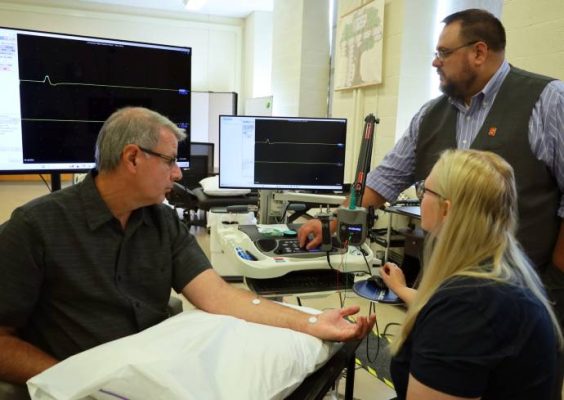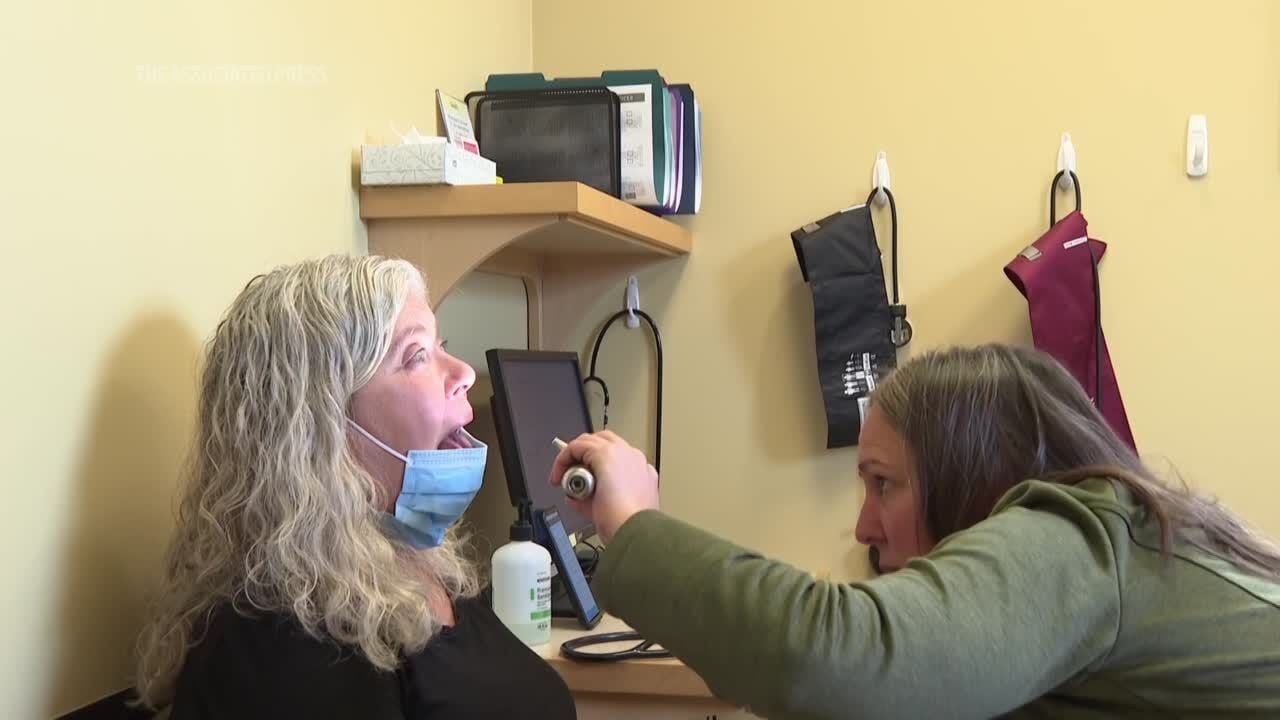Emerging research suggests that simple resistance training may protect older adults from nerve deterioration, a major contributor to falls and other accidents. Led by Syracuse University’s Department of Exercise Science, the study indicates that basic strength exercises could be a practical solution to maintaining nerve health in aging populations.
Resistance Training May Improve Nerve Health, Slow Aging Process

Key Takeaways:
- Resistance training may help counteract age-related nerve deterioration
- Falls and injuries in seniors are closely linked to nerve health
- Researchers JoCarol Shields and Jason DeFreitas led this cross-institutional study
- Findings point to a potentially slower aging process through strength exercises
- Simple, accessible workouts might yield meaningful health benefits
The Connection Between Aging and Nerve Deterioration
As people age, nerve pathways naturally deteriorate, increasing vulnerability to slips, trips, and falls. This decline in nerve health can lead to a cascade of challenges—including reduced mobility and a heightened risk of injury—that compromise seniors’ overall well-being.
How Resistance Training May Help
According to the article, “Simple resistance training may help counteract age-related nerve deterioration that puts seniors at risk of injuries from falls and other accidents.” These exercises—commonly seen in basic strength routines—focus on building muscle and improving nerve-muscle communication, potentially reducing the likelihood of debilitating injuries.
The Syracuse University Research Team
A postdoctoral researcher, JoCarol Shields, and Professor Jason DeFreitas in the Department of Exercise Science at Syracuse University’s Falk College of Sport led a cross-institutional effort to better understand how resistance workouts affect aging nerves. While further details of the study remain proprietary, the collaborative investigation underscores the importance of ongoing research into healthy aging.
Implications for Seniors
Improved nerve health translates into greater balance, coordination, and independence—the key factors in staying active and avoiding serious falls. With an emphasis on practical, simple strength routines, this approach could be especially valuable for older adults without ready access to advanced fitness facilities.
Looking Ahead
These initial findings suggest that something as accessible as resistance exercise could potentially slow aspects of the aging process by preserving or enhancing nerve function. Though broader studies may be necessary to confirm the precise scope of its benefits, the research offers an encouraging avenue for older individuals seeking safer, more healthful golden years.











